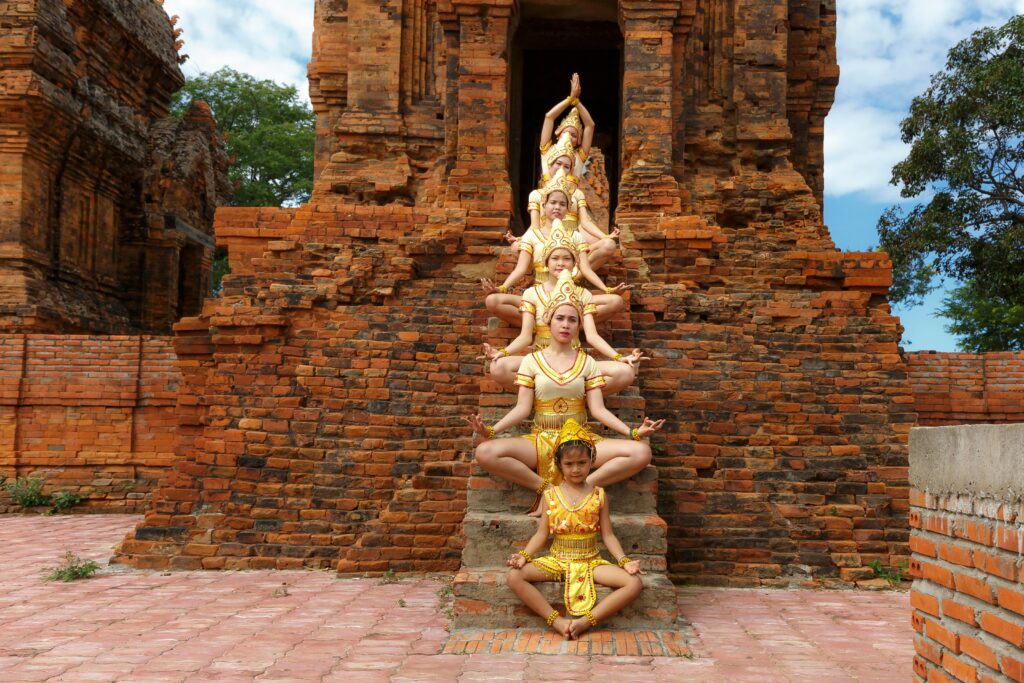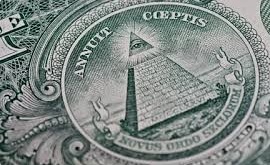
Disclaimer: This article offers general educational information based on spiritual traditions and historical texts. Results of mantra practice may vary, and it is advised to seek guidance from qualified teachers or scholars for personalized understanding.
🔰 Introduction
From the echoing halls of ancient temples to the peaceful silence of home altars, Hindu mantras have guided spiritual seekers for millennia. These sacred chants are more than just sounds—they are believed to be vibrational links to higher consciousness, each carrying deep symbolic and philosophical meaning.
As interest in ancient Indian wisdom grows globally in 2025, let’s explore the most powerful Hindu mantras, their origins in sacred texts, and how they continue to inspire spiritual growth today.
🪔 Understanding Ancient Hindu Wisdom
🧭 The Vedas
The Vedas are the oldest scriptures in Hinduism, composed between 1500 BCE and 500 BCE in Vedic Sanskrit. They form the foundation of Hindu philosophy, cosmology, rituals, and mantras. The four Vedas are Rigveda, Yajurveda, Samaveda, and Atharvaveda.
📚 The Epics: Ramayana & Mahabharata
These two great epics (400 BCE–400 CE) narrate the moral struggles of dharma (righteousness), and they continue to be guiding texts for Hindu culture and ethics.
🛕 Temples & Rishis
Ancient temples served as centers for mantra recitation, Vedic studies, and meditation. The rishis (sages) who composed mantras were deeply meditative beings, often believed to receive divine insight (shruti).
🔊 The Power of Mantras
A mantra is a sacred syllable, word, or verse that carries spiritual power when chanted with devotion and correct pronunciation. The Sanskrit root “man” means mind, and “tra” means tool—thus, a mantra is a tool to focus and elevate the mind.
Benefits of chanting may include:
- Mental clarity and peace
- Improved concentration
- A deeper connection with one’s inner self or deity
🔝 Top 5 Hindu Mantras: Meaning, Source, and Chanting Method
| Mantra | Sanskrit (Devanagari) | Transliteration | Meaning | Source | Chanting Method |
|---|---|---|---|---|---|
| Gayatri Mantra | ॐ भूर्भुवः स्वः तत्सवितुर्वरेण्यं भर्गो देवस्य धीमहि धियो यो नः प्रचोदयात् | Om Bhur Bhuvah Swaha… | We meditate on the divine light that inspires our intellect. | Rigveda 3.62.10 | Chant 108 times at sunrise. Focus on the rising sun. |
| Mahamrityunjaya Mantra | ॐ त्र्यम्बकं यजामहे सुगन्धिं पुष्टिवर्धनम्… | Om Tryambakam Yajamahe… | A prayer for health, healing, and liberation from fear of death. | Yajurveda | Ideal during twilight or illness, 21 or 108 times daily. |
| Om Namah Shivaya | ॐ नमः शिवाय | Om Namah Shivaya | I bow to Lord Shiva, the supreme consciousness. | Krishna Yajurveda | Chant during meditation or puja. Powerful during Mondays or Shivratri. |
| Hare Krishna Maha Mantra | हरे कृष्ण हरे कृष्ण कृष्ण कृष्ण हरे हरे… | Hare Krishna Hare Krishna… | A devotional chant invoking Krishna and Rama for spiritual liberation. | Kali-Santarana Upanishad | Repeat in kirtan or japa 108 times daily. |
| Shanti Mantra (Peace Invocation) | ॐ सह नाववतु… | Om Saha Navavatu… | A prayer for mutual growth and peace between teacher and student. | Taittiriya Upanishad | Ideal before study, classes, or yoga sessions. |
🧘♀️ Chanting Guidelines & Tips
- Pronunciation Matters: Use online tools or guided audios by experts.
- Consistent Practice: Mantras gain power through repetition (japa).
- Environment: Choose a clean, quiet place—ideally early morning or evening.
- Devotion First: Faith and intention matter more than speed or volume.
🧱 Mantras & Hindu Cosmology
Many mantras are linked to Hindu cosmological cycles—yugas, karmic rebirth, and the eternal vibration (nada) believed to underlie all creation. For example, “Om” is considered the primordial sound of the universe, representing Brahman—the ultimate reality.
⚠️ Respect, Sensitivity & Cultural Context
It’s important to engage with mantras respectfully. These are not just spiritual tools but living traditions for millions of practitioners across the world. Always chant with awareness, humility, and an open heart.
🙏 Conclusion
In today’s fast-paced world, these ancient mantras offer a return to inner balance and connection with something timeless. Whether you’re seeking spiritual insight, emotional strength, or mental clarity, mantras remain a profound tool for self-realization.
You don’t need to be a scholar—just a sincere seeker.
👤 About the Author
Sandeep is a content researcher focused on ancient Indian history, spirituality, and cultural studies. He curates insights from classical Hindu texts, academic sources, and practitioner interviews to make spiritual traditions accessible to modern readers.









